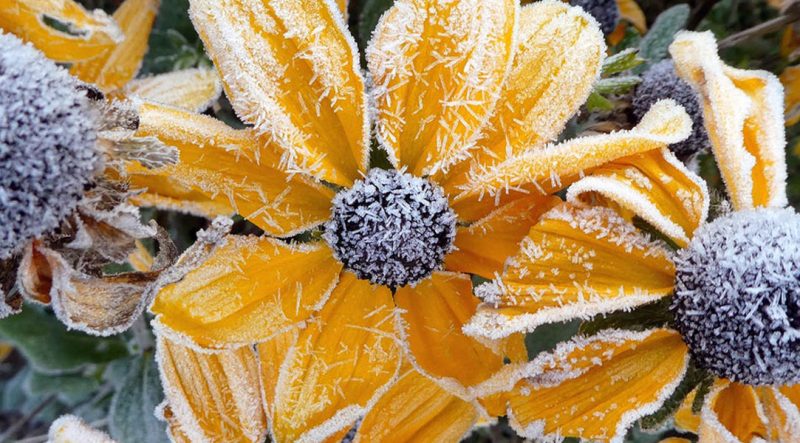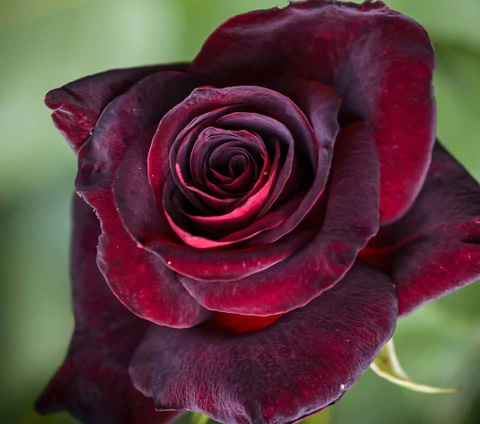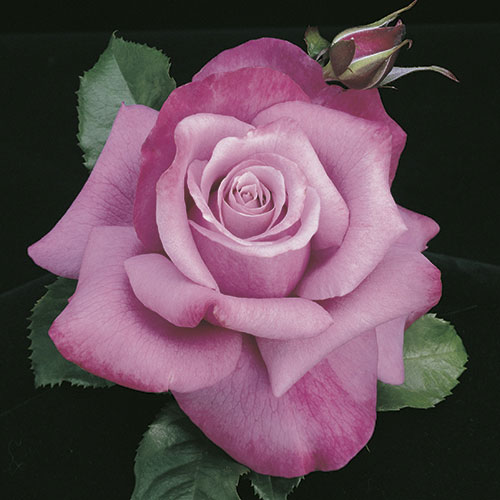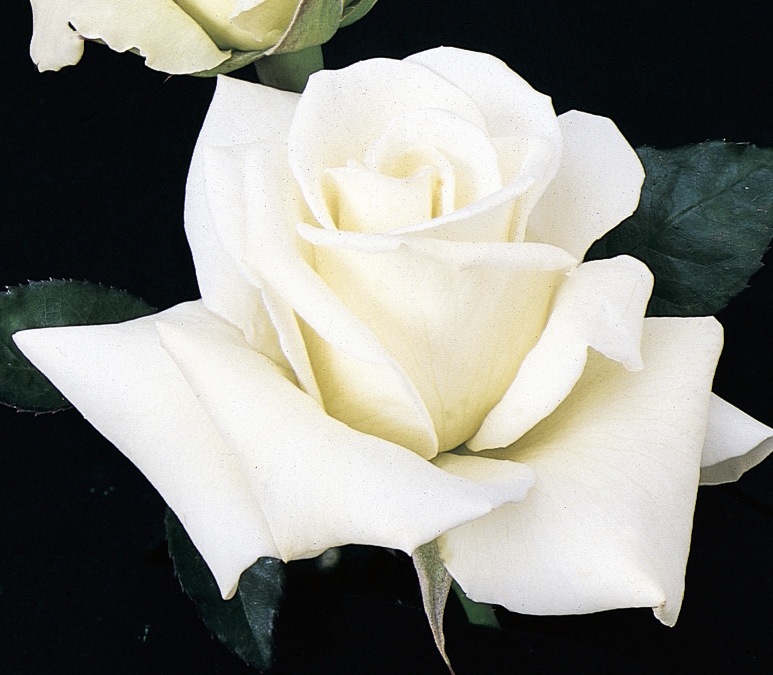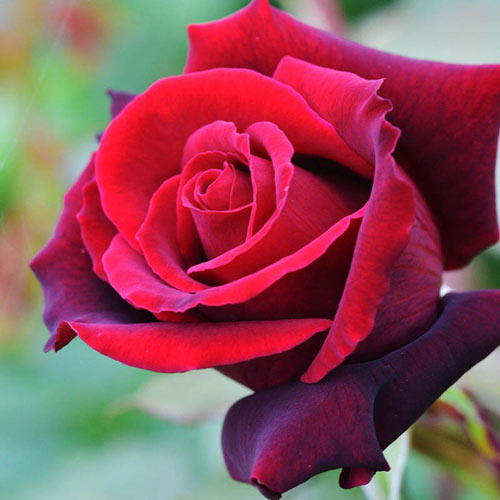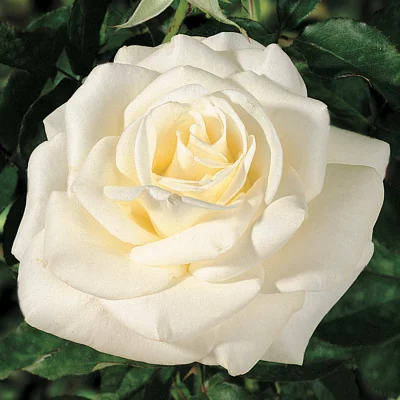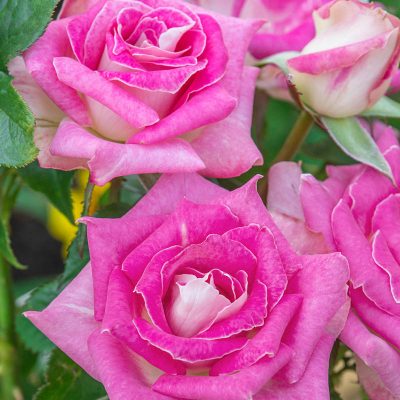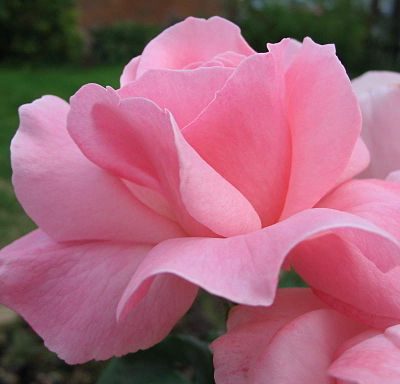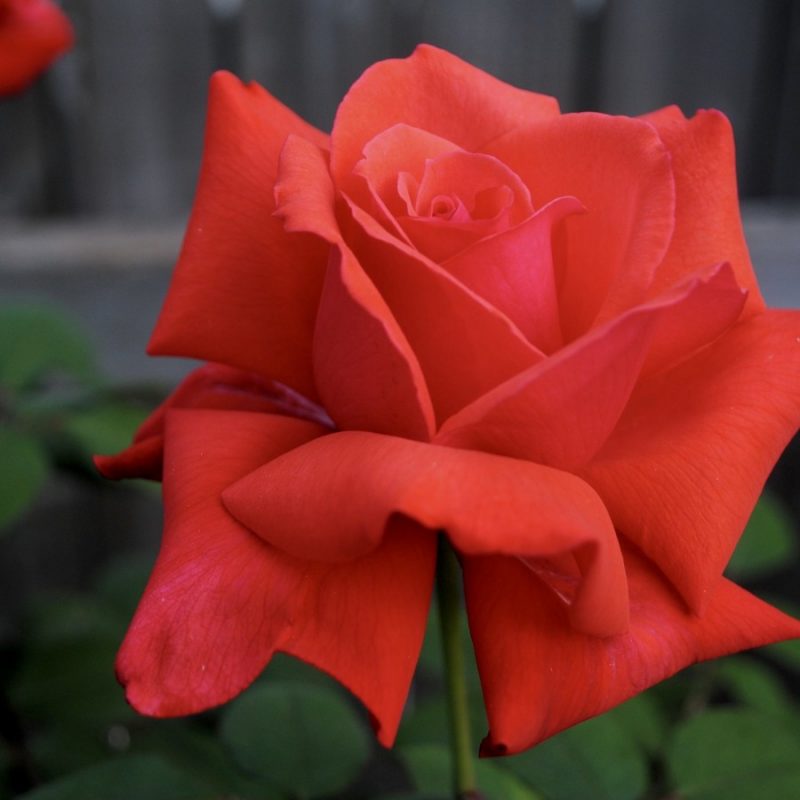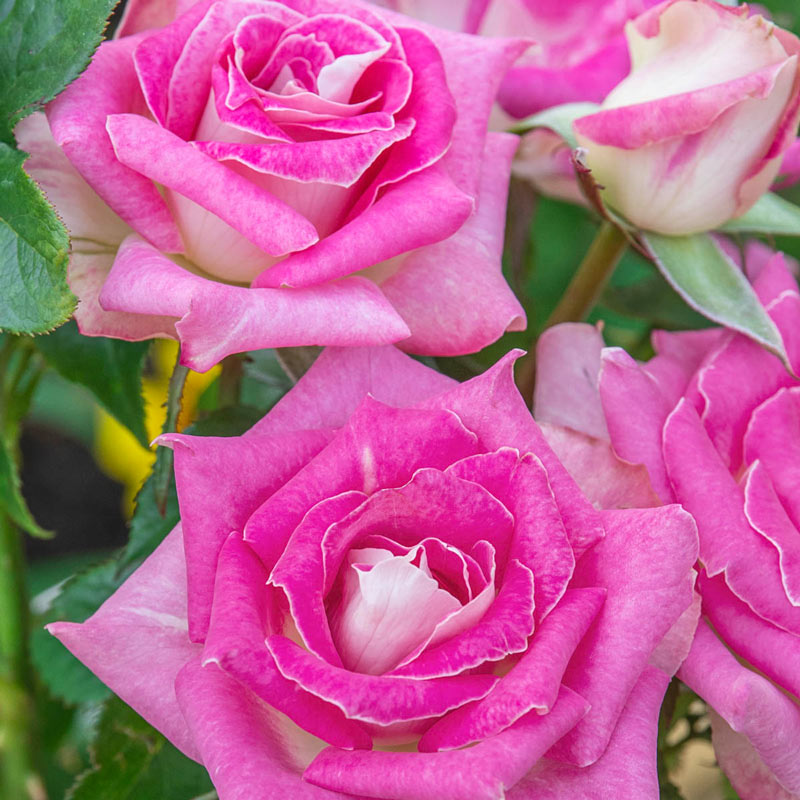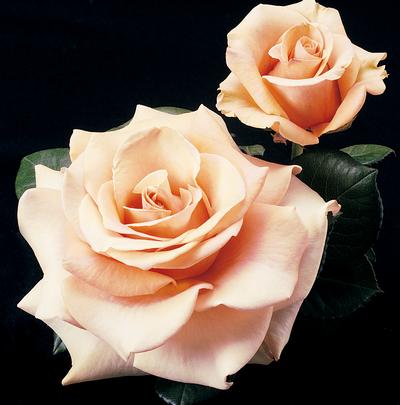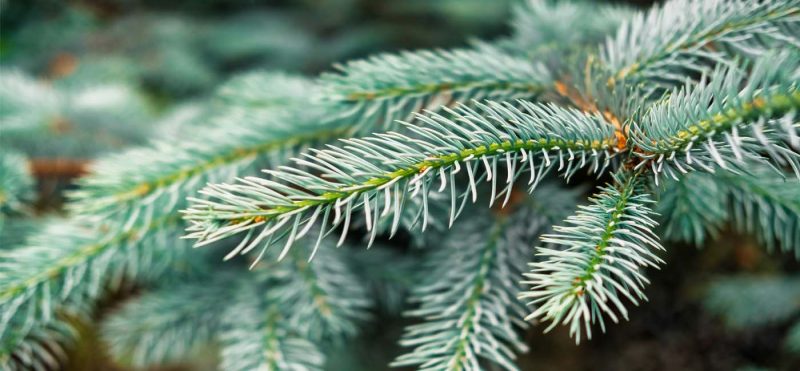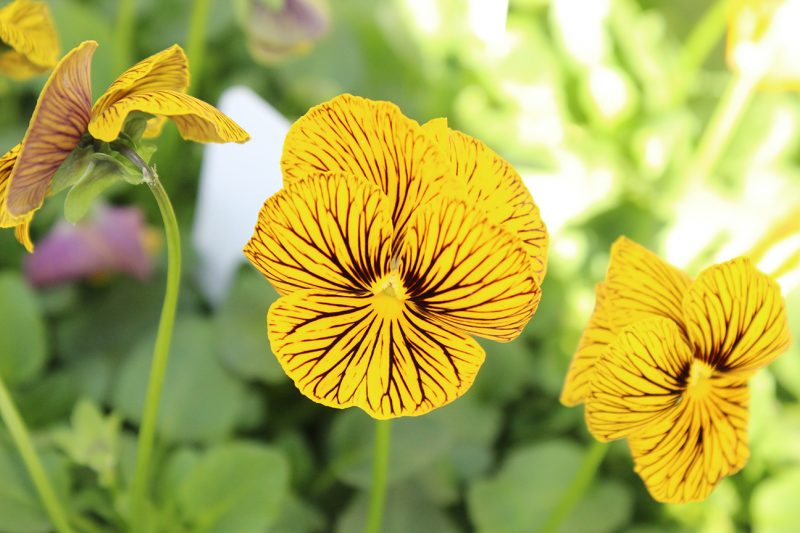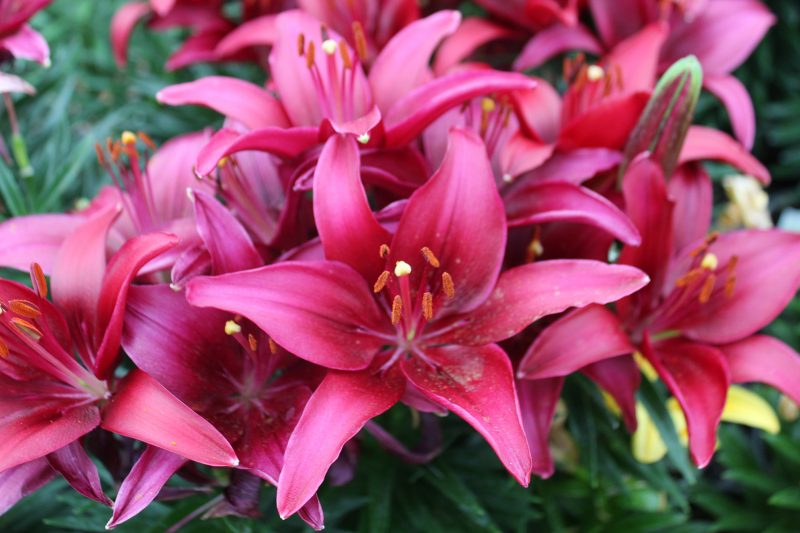It’s quite true that hybrid tea roses have an acceptable level of disease resistance. However, that doesn’t mean that hybrid roses are completely immune.
Blindness or Lack of Flowers
As the name suggests, this problem is characterized by a lack of flowers. It can be rooted by harsh weather conditions or too much shade. Also, it could be due to improper pruning or a late cold snap that harms the buds.
The solution would be to provide some protection or shelter and ensure you grow your roses on a sunny site. Also, ensure you remove all the older wood during annual pruning to encourage vigorous new shoots and cut any blind shoots back by half to a strong bud.
Rose Aphids
This pest is usually small, green in color, and has long cornicles almost flush with its abdomen. Blackish deposits can identify their presence on the petioles and leaf undersides.
The plant will show signs of weak growth if this pest is not taken care of immediately. To treat aphids, check your roses regularly for any signs of infestation on or under the leaves and on the buds. If the infestation is minor, squashing the insect may solve the problem, but an aphid bug killer is required.
Black Spot
A fungus that attacks the plant’s leaves, this disease will cause circular spots to appear on the leaves with yellow halos. The entire leaf can turn brownish-black and curl up. If left untreated, all leaves of the plant would be destroyed, rendering it defoliated. To treat black spots, collect and destroy any affected fallen leaves. After that, use a fungus killer spray as soon as possible.
Dieback
This is a plant disease that causes the leaves to die or wilt. At first, dry spots will appear on the leaf tips, then become brown and limp. This problem usually occurs during winter and may be caused by too much moisture in the soil combined with cold weather.
